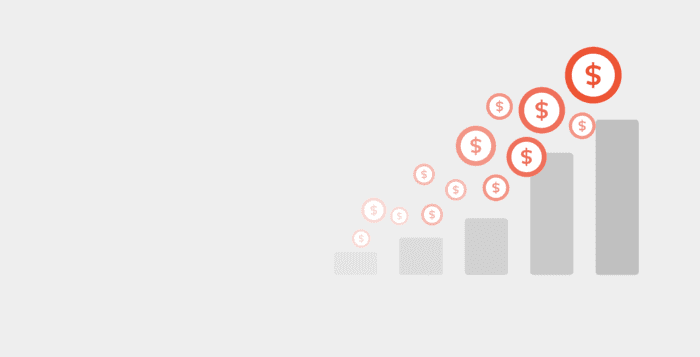If you are seeing an increase in CPM (cost per 1000 impressions) and CPC (cost per click) on Facebook and Google lately, don’t be alarmed, you are not the only one.
Bloom has been monitoring this trend across Google and Facebook for the past few months.
When comparing average CPC and average CPM year over year in July and August 2021, we see a clear overall increase on both Google and Facebook.
Note that these data points will vary from one industry to another and one location to another.
% increase in CPC and CPM on Facebook and Google in July and August 2021 vs 2020
| Channel | Month | CPC | CPM |
|---|---|---|---|
| July | 68.25% | 71.55% | |
| August | 48.97% | 68.82% | |
| July | 61.52% | 76.15% | |
| August | 21.98% | 41.33% |
And, turns out, we aren’t the only ones seeing this trend and talking about it:
It’s clear that advertisers are paying more money this year to reach the same number of users as last year.
Why Are CPMs and CPCs Rising on Facebook and Google?
A combination of factors probably led to CPM and CPC increasing on the search and social media platforms. Here’s what we believe caused this trend:
When the COVID-19 crisis hit last year, lots of companies jumped on the digital bandwagon to acquire new customers as networking events stopped abruptly and stores closed overnight.
Also, nowadays, launching a new business has never been easier. Every day, we see new e-commerce brands entering the market. And, to build brand awareness, their first instinct is usually to turn to Facebook or Google Ads.
Having more and more companies seeing the value of online media advertising, means more competition. And, more competition means more expensive advertising. It’s a classic supply and demand scenario.
Also, a lot of brands’ digital strategies rely heavily on Facebook and Google to acquire new customers. When costs increase, these advertisers do not have the liberty to switch its budget elsewhere. They need to invest more in order to continue their growth.
How To Minimize The Negative Impact Of Higher CPM and CPC On Your Campaigns
We expect CPM to continue rising in the next few months (especially with the Holiday Season) and beyond.
What can advertisers do to minimize the impact on their return on ad spend?
1. Invest In Conversion Rate Optimization
If your ads do their job right, they’ll be driving qualified traffic to your site. But, ask yourself, once a user gets there, what is their experience like? A less effective user experience will lead your user to drop off, and all the money invested in attracting this user on your site will be wasted.
The goal of conversion rate optimization is to maximize every visitor’s time on your website by focusing on and optimizing your content around your business objectives. This can take various forms:
- Creating a conversion-focused landing page
- A/B testing various elements of your site
- Improving the flow and design of your website
Take a look at our 5 CRO best practices to boost conversion rate.
Landing Page Design Best Practices That Will Your Digital Conversions Bloom.
2. Rethink Your Creatives
Performance-driven creative assets are the lifeblood of your advertising campaign, especially on social media. Your ads should:
1. Fit with where the user is in his customer journey. Create different ads and messaging for awareness and conversion purposes.
2. Be designed for the platform they are served on. Each platform has its own specificity and your design should take that into account
3. Trigger emotional and rational benefits for your users. Take into consideration your target audiences’ interests and behaviours. Data can help pinpoint what your audience relates to.
Don’t forget to A/B test different ad variations and creative formats to figure out what works best for your audience.
Best Practices and 2021 Trends for Social Media Creative Design
3. Diversify your marketing touchpoints
Paid media is one of the many ways you can reach users online.
Other channels can also help increase awareness and drive conversions such as email marketing, search engine optimization, content marketing, influencer marketing, affiliate marketing, etc.
Some of those channels are less reliant on marketing spend and will have a long-term incremental impact on your business.
So remember that your digital marketing strategy should go beyond advertising.
Diversifying your digital marketing tactics will help drive more paid and organic traffic to your site and grow overall brand awareness. And, with more people visiting your site, you’ll get a bigger pool of prospective customers which helps expand your remarketing campaigns and enhance your performance. It’s a win-win.
If you need help building a 360 digital marketing strategy, reach out to us. We’ll create a custom proposal based on your needs.
